Human CD117/c-kit ELISA Kit
$299.00 – $419.00
ELISA Kit Detail Information
| Related Target | |
|---|---|
| Species | human |
| Sample Type | Serum, plasma, cell culture supernatant, and other biological samples |
| Sample Volume | 100 μL (diluent) |
| Sensitivity | 1.91 pg/mL |
| Array Range | 23.44 – 1500 pg/ml |
| Assay Time | 3.5 h |
| Recovery | 94% - 119% |
| Average Recovery | 108% |
| Intra Precision | 7.6% – 8.4% |
| Inter Precision | 8.4% – 8.4% |
| Plate | Detachable 96-well plate |
| Storage | If the reagent kit is unopened, it should be stored at 4℃. However, if it has been opened, the standard solution should be stored at -20℃, while the other components should be stored at 4℃. |
| Delivery | 4℃ blue ice transportation |
| Components | 96-well polystyrene enzyme-linked immunosorbent assay (ELISA) plate coated with mouse anti-human CD117 capture antibody Human CD117 freeze-dried standard Human CD117 detect Antibody Streptavidin-HRP Assay Buffer(10×) Substrate TMB Stop Solution Washing Buffer(20×) Sealing Film Standard Diluent |
| Assay Principle | This kit utilizes the double antibody sandwich enzyme-linked immunosorbent assay (ELISA) detection technique.Specific anti-human CD117 antibodies are precoated on a high-affinity ELISA plate. Standard samples, test samples, and biotinylated detection antibodies are added to the wells of the ELISA plate. After incubation, CD117 present in the samples binds to the solid-phase antibodies and the detection antibodies. After washing to remove unbound substances, streptavidin-HRP labeled with horseradish peroxidase is added. After washing, a colorimetric substrate, TMB, is added and the plate is incubated in the dark for color development. The intensity of the color reaction is directly proportional to the concentration of CD117 in the samples.A stop solution is added to terminate the reaction, and the absorbance value is measured at a wavelength of 450 nm (with a reference wavelength range of 570-630 nm). |
Related Targets
KIT
KIT Target Infomation Overview
- Target Symbol: KIT, KIT proto-oncogene, receptor tyrosine kinase
- Gene Groups: Receptor tyrosine kinases; CD molecules; Immunoglobulin like domain containing
- Alias: CD117; SCFR; C-Kit
- Previous Names: PBT
- Alias Names: mast/stem cell growth factor receptor Kit; piebald trait; v-kit Hardy-Zuckerman 4 feline sarcoma viral oncogene homolog
KIT, KIT proto-oncogene, receptor tyrosine kinase Target Infomation by Species
- Human
- Mouse
- Rat
Human KIT Target Information
- Target Symbol: KIT, KIT proto-oncogene, receptor tyrosine kinase
- Alias:
- C-Kit
- c-Kit protooncogene
- CD117
- KIT proto-oncogene receptor tyrosine kinase
- mast/stem cell growth factor receptor
- mast/stem cell growth factor receptor Kit
- MASTC
- p145 c-kit
- PBT
- piebald trait
- piebald trait protein
- proto-oncogene c-Kit
- proto-oncogene tyrosine-protein kinase Kit
- SCFR
- soluble KIT variant 1
- tyrosine-protein kinase Kit
- v-kit Hardy-Zuckerman 4 feline sarcoma viral oncogene homolog
- v-kit Hardy-Zuckerman 4 feline sarcoma viral oncogene-like protein
- NCBI_Gene: 3815
- UniProtKB: P10721
Human KIT Predicted Functions
Enables cytokine binding activity; protein homodimerization activity; and transmembrane receptor protein tyrosine kinase activity. Involved in several processes, including cell surface receptor signaling pathway; positive regulation of macromolecule metabolic process; and positive regulation of signal transduction. Located in extracellular space; fibrillar center; and plasma membrane. Implicated in several diseases, including acute myeloid leukemia; gastrointestinal stromal tumor; germ cell cancer (multiple); piebaldism; and renal cell carcinoma. Biomarker of several diseases, including Hirschsprung’s disease; invasive ductal carcinoma; oxyphilic adenoma; reproductive organ cancer (multiple); and urinary system cancer (multiple).
Mouse Kit Target Information
- Target Symbol: Kit, KIT proto-oncogene receptor tyrosine kinase
- Alias:
- belly-spot
- Bs
- c-KIT
- CD117
- dominant spotting
- Dominant white spotting
- Fdc
- gsf spotted coat 1
- gsf spotted coat 5
- Gsfsco1
- Gsfsco5
- Gsfsow3
- phenotype like Sl or W 3
- SCO1
- SCO5
- SOW3
- spotted sterile male
- Ssm
- Steel Factor Receptor
- Tr-kit
- W
- NCBI_Gene: 16590
Mouse Kit Predicted Functions
Enables SH2 domain binding activity; protease binding activity; and stem cell factor receptor activity. Involved in several processes, including detection of mechanical stimulus involved in sensory perception of sound; erythropoietin-mediated signaling pathway; and hemopoiesis. Acts upstream of or within several processes, including ectopic germ cell programmed cell death; hemopoiesis; and positive regulation of macromolecule metabolic process. Located in cell-cell junction and external side of plasma membrane. Is expressed in several structures, including alimentary system; branchial arch; central nervous system; embryo mesenchyme; and genitourinary system. Used to study gastrointestinal stromal tumor; macrocytic anemia; mastocytosis; and piebaldism. Human ortholog(s) of this gene implicated in several diseases, including acute myeloid leukemia; gastrointestinal stromal tumor; germ cell cancer (multiple); piebaldism; and renal cell carcinoma. Orthologous to human KIT (KIT proto-oncogene, receptor tyrosine kinase).
Rat Kit Target Information
- Target Symbol: Kit, KIT proto-oncogene receptor tyrosine kinase
- Alias:
- c-kit receptor tyrosine kinase
- Kit oncogene
- mast/stem cell growth factor receptor
- mast/stem cell growth factor receptor Kit
- protein kinase
- v-kit Hardy-Zuckerman 4 feline sarcoma viral oncogene homolog
- NCBI_Gene: 64030
Rat Kit Predicted Functions
Enables protein tyrosine kinase activity. Involved in several processes, including gamete generation; positive regulation of gastro-intestinal system smooth muscle contraction; and protein phosphorylation. Located in acrosomal vesicle; cytoplasmic side of plasma membrane; and external side of plasma membrane. Used to study aplastic anemia and male infertility. Biomarker of acute pancreatitis and gastroschisis. Human ortholog(s) of this gene implicated in several diseases, including acute myeloid leukemia; gastrointestinal stromal tumor; germ cell cancer (multiple); piebaldism; and renal cell carcinoma. Orthologous to human KIT (KIT proto-oncogene, receptor tyrosine kinase).

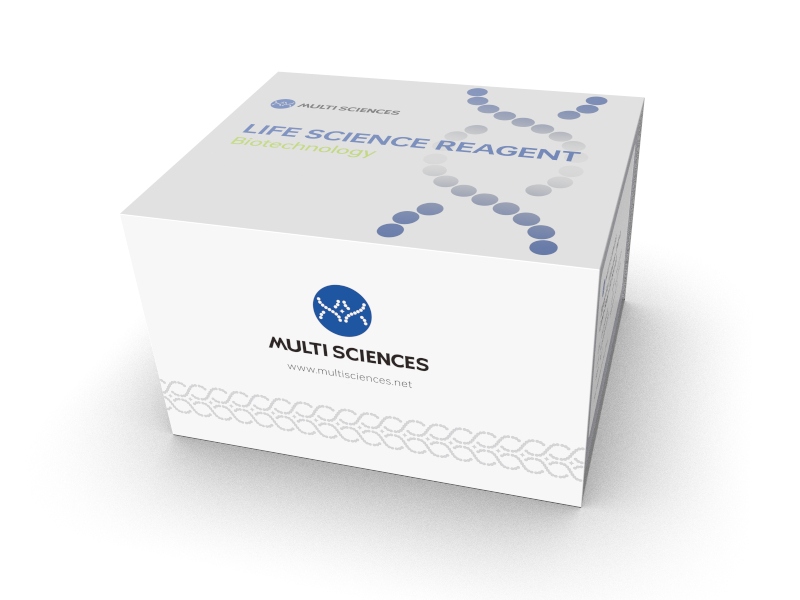
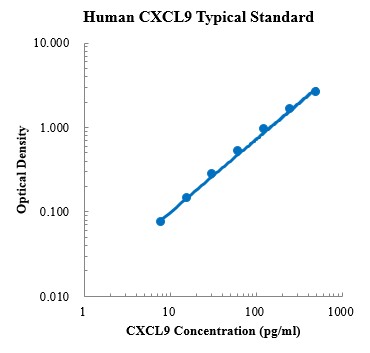
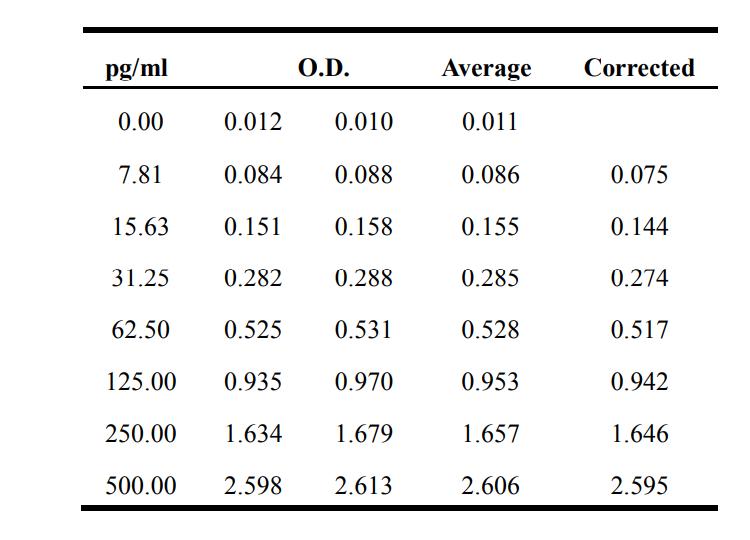
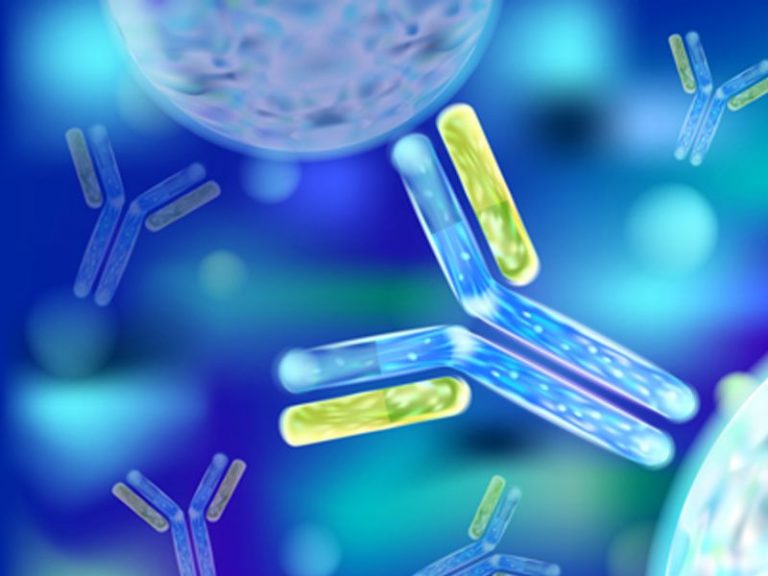
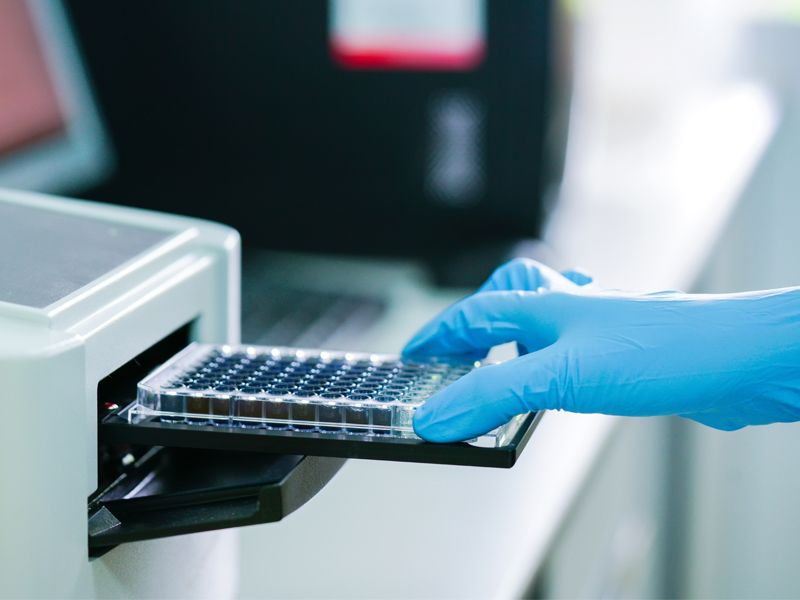
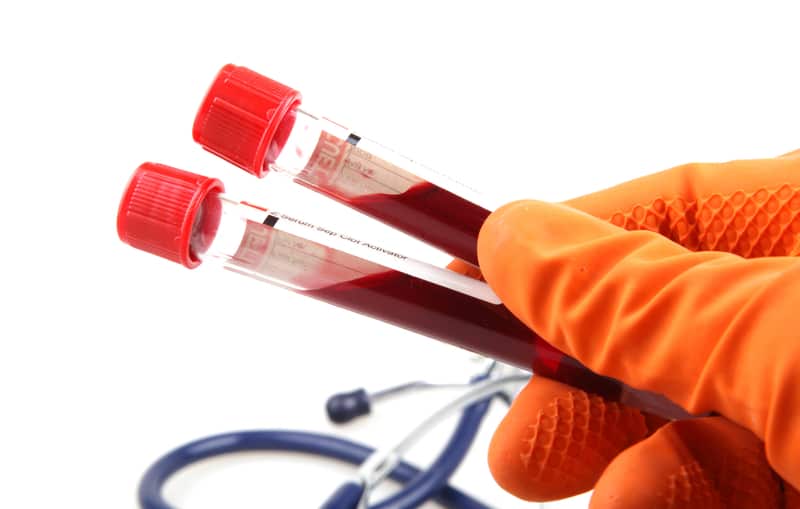

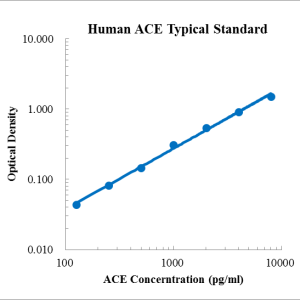
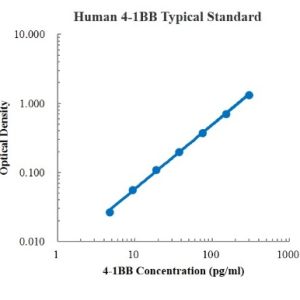
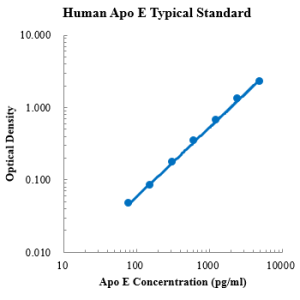
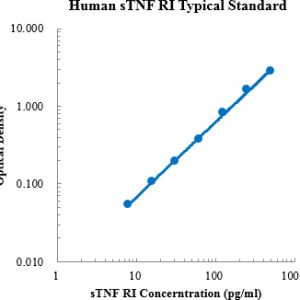
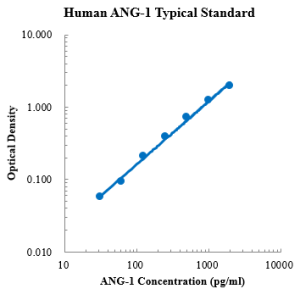
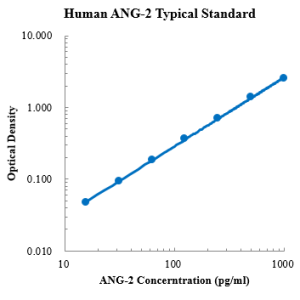
Reviews
There are no reviews yet.